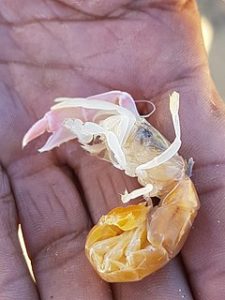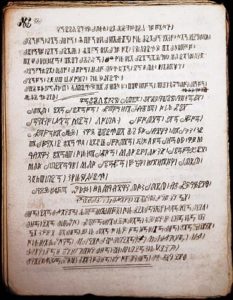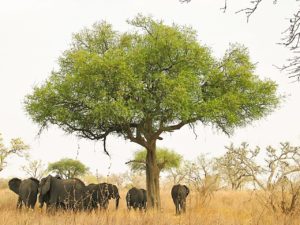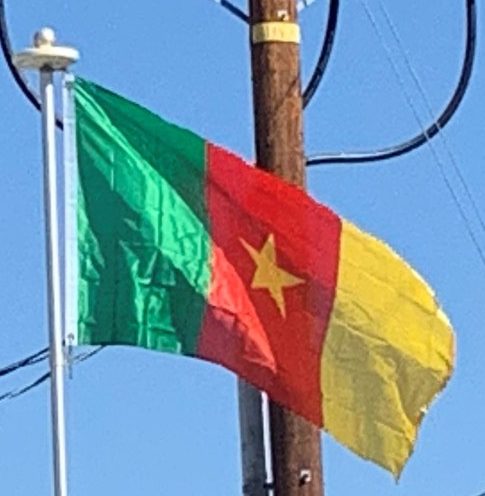
Portuguese sailors reached the coast in 1472. They noted an abundance of the ghost shrimp Lepidophthalmus turneranus in the Wouri River and named it Rio dos Camarões (Shrimp River), which became Cameroon in English. Over the following few centuries, European interests regularized trade with the coastal peoples, and Christian missionaries pushed inland.
19th Century:
In the early 19th century, Modibo Adama led Fulani soldiers on a jihad in the north against non-Muslim and partially Muslim peoples and established the Adamawa Emirate. Settled peoples who fled the Fulani caused a major redistribution of population.
The Bamum tribe have a writing system, known as Bamum script or Shu Mom. The script was given to them by Sultan Ibrahim Njoya in 1896, and is taught in Cameroon by the Bamum Scripts and Archives Project.

Germany began to establish roots in Cameroon in 1868 when the Woermann Company of Hamburg built a warehouse. It was built on the estuary of the Wouri River. Later Gustav Nachtigal made a treaty with one of the local kings to annex the region for the German emperor. The German Empire claimed the territory as the colony of Kamerun in 1884 and began a steady push inland. The Germans ran into resistance with the native people who did not want the Germans to establish themselves on this land. Under the influence of Germany, commercial companies were left to regulate local administrations. These concessions used forced labor of the Africans to make a profit. The labor was used on banana, rubber, palm oil, and cocoa plantations. They initiated projects to improve the colony’s infrastructure, relying on a harsh system of forced labor, which was much criticized by the other colonial powers.
20th Century:
With the defeat of Germany in World War I, Kamerun became a League of Nations mandate territory and was split into French Cameroons and British Cameroons in 1919. France integrated the economy of Cameroon with that of France and improved the infrastructure with capital investments and skilled workers, modifying the colonial system of forced labor.
The British administered their territory from neighboring Nigeria. Natives complained that this made them a neglected “colony of a colony”. Nigerian migrant workers flocked to Southern Cameroons, ending forced labor altogether but angering the local natives, who felt swamped. The League of Nations mandates were converted into United Nations Trusteeships in 1946, and the question of independence became a pressing issue in French Cameroun.

France outlawed the pro-independence political party, the Union des Populations du Cameroun (UPC), on 13 July 1955. Armed response by the colonialists prompted a long guerrilla war (known also as the Bamileke War) and the assassination of several of the party’s leaders, including Ruben Um Nyobé, Félix-Roland Moumié and Ernest Ouandie. In the British Cameroons, the question was whether to reunify with French Cameroun or join Nigeria.
Independence:
On 1 January 1960, French Cameroun gained independence from France under President Ahmadou Ahidjo. On 1 October 1961, the formerly British Southern Cameroons gained independence by vote of the UN General Assembly and joined with French Cameroun to form the Federal Republic of Cameroon. Ahidjo used the ongoing war with the UPC to concentrate power in the presidency, continuing with this even after the suppression of the UPC in 1971.
